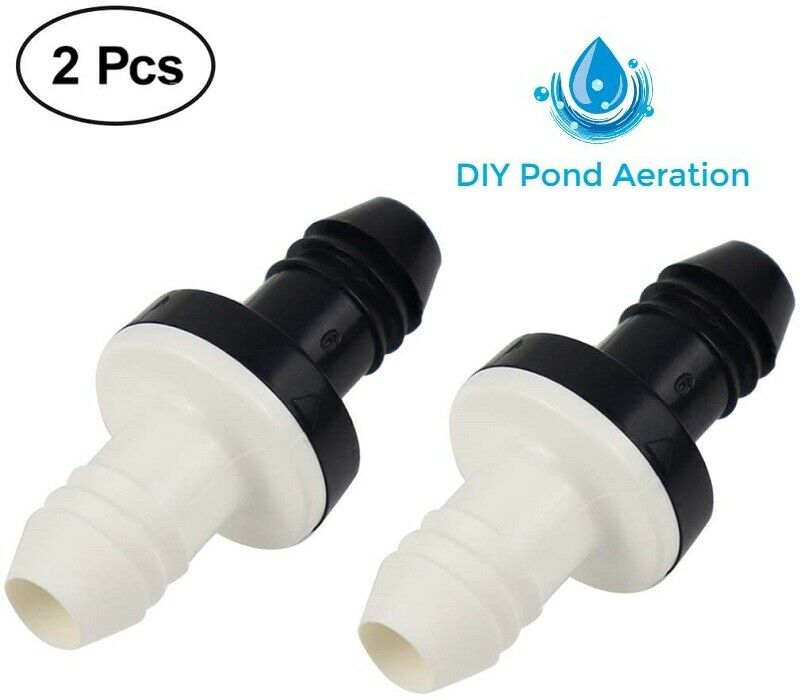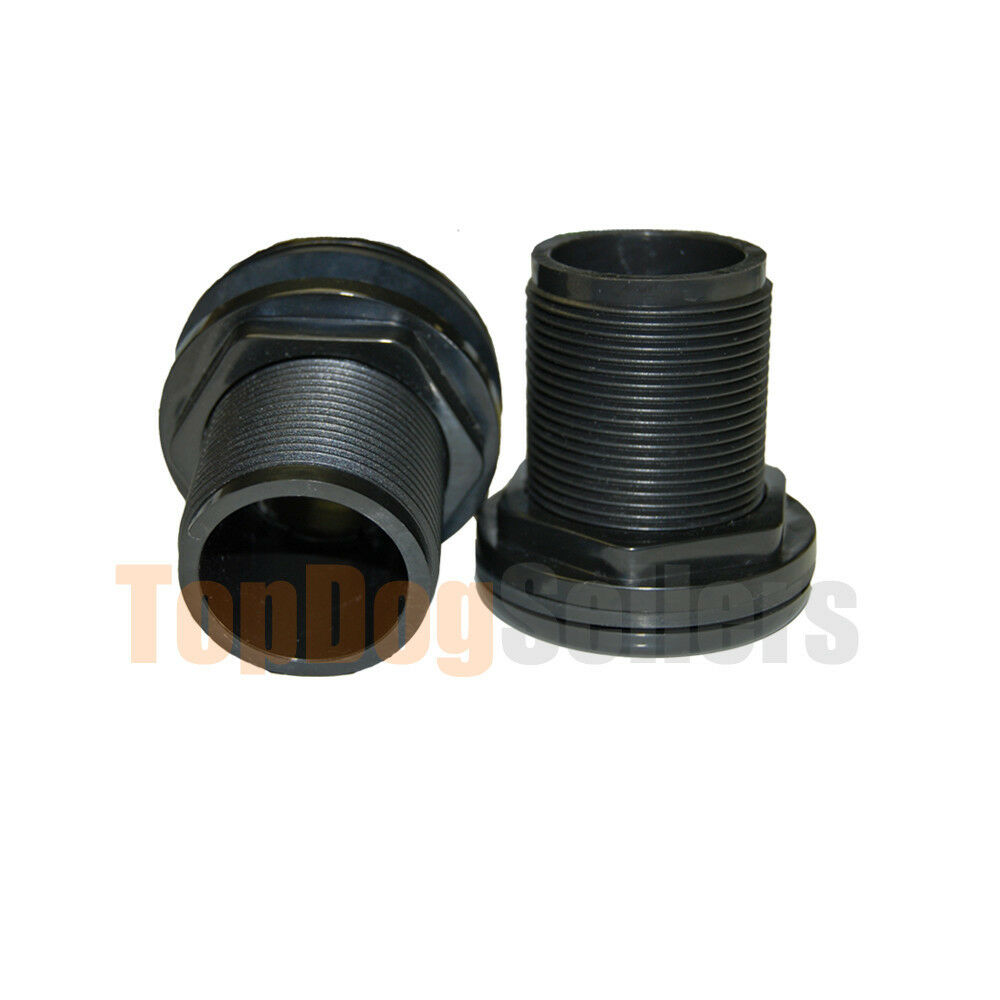-40%
Lake & Pond Aeration Air & Water Check Valve 3/8" OD Barb Installs on Sink Tube
$ 14.78
- Description
- Size Guide
Description
MaterialResin
Brand
BBTUS
Item Dimensions LxWxH
0.79 x 0.28 x 1.69 inches
Inlet Connection Type
Barb
About this item
Material ※ The shell material is ABS resin, and the Diaphragm material is silicon rubber
Performance※ Normal performance under 25 ℃ to 60 ℃,Strong resistance to acid, alkali, salt corrosion ability
Application ※
※Used in fluid system to prevent reverse flow flow, or used in pneumatic system to prevent reverse flow of compressed air.
Diameter ※ 10mm/0.39 inch
Total length ※ 43mm/1.69 inch
※Medical grade material, safe and nontoxic;
Package include:
2x Check Valve
Subsurface aerators are a great solution for many of our customers, especially since Deep Aire subsurface aerators do not require electricity to be in a pond. We broke down all you need to know about one of our best pond aerators to help your pond stay clean and healthy.
Subsurface aerators, or diffused aeration systems, are designed as an alternative source of aeration, taking oxygen to a pond’s lowest depth along the bottom. Diffused air systems utilize an air compressor, located on the shore, that delivers oxygen through a hose to a special diffuser lying on the pond bottom.
A submersible aerator or large pond aerator like this one keeps the pond or lake clean and healthy without a large spray pattern. A Deep Air subsurface aeration system is perfect if you’re looking for something that requires no above surface water spray, surface obstructions, or installations that prohibit the use of electricity in the water.
PERFECT FOR
Ponds on golf courses
Ponds in public places
Any body of water that needs to regulate water aeration
Anyone wanting an aerator but not a big spray pattern
Body of water installations that prohibit the use of electricity in the water
Recreational bodies of water like lakes or swimming areas.
PERKS
No electricity required at the water’s edge. Your compressor needs electricity, but the compressor can be located wherever you desire.
No floating object on the water surface enabling you to go boating or fishing
Lower maintenance and service costs due to no moving parts in the water
Safer swimming. These systems do not require electricity to be in the pond.
Eliminates thermal stratification, making it ideal for deep-water applications
One compressor aerates one long, narrow pond, or two small ponds
Improves water quality and clarity
Low operating cost.
HOW IT WORKS
These Units are a subsurface aeration system with a piston type air compressor, air hose, and an air diffuser. Designed to improve oxygen levels and destratification in deep bodies of water.
The shore mounted rocking piston compressor produces compressed air through a air tube to a membrane diffuser located on the bottom of the pond. The compressed air is released into the water through the membrane diffuser releasing thousands of fine bubbles, which rise to the surface. As the bubbles of air rise, oxygen is transferred into the water. Simultaneously, as the bubbles rise, water is pulled upward, creating a flow of water from the bottom of the pond to the surface.
THINGS TO CONSIDER
When selecting a subsurface aeration system, consider the shape, surface area, and depth of the pond. The amount of surface area the diffused system will effectively cover is dependent on the depth of the shape of the pond. The area of coverage increases the deeper the diffuser is located in the water.
The shape of a pond also affects the number of diffusers needed. An irregular shaped pond, (i.e. kidney-shaped), rectangular, or one with an island or peninsula, will require multiple diffusers to adequately disperse the oxygen.









